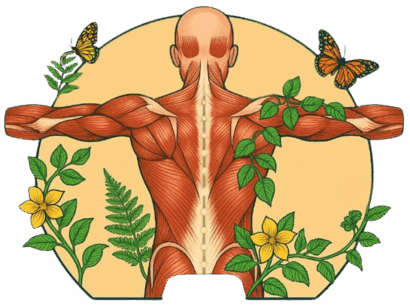Frequently Asked Questions
We understand you may have questions about our massage therapy services and what to expect during your visit to The Body Mechanic. On this page, we’ve compiled answers to the most common questions our clients ask. Whether you’re interested in therapeutic pain relief, prenatal massage, wellness sessions, or any of our other services, we hope these answers help you feel prepared and comfortable.
If you don’t find the information you’re looking for, please don’t hesitate to contact us directly at 540-328-5858 or email info@thebodymechanic.org.
Our team is always happy to address your specific concerns and help you determine which of our services would best meet your needs.
